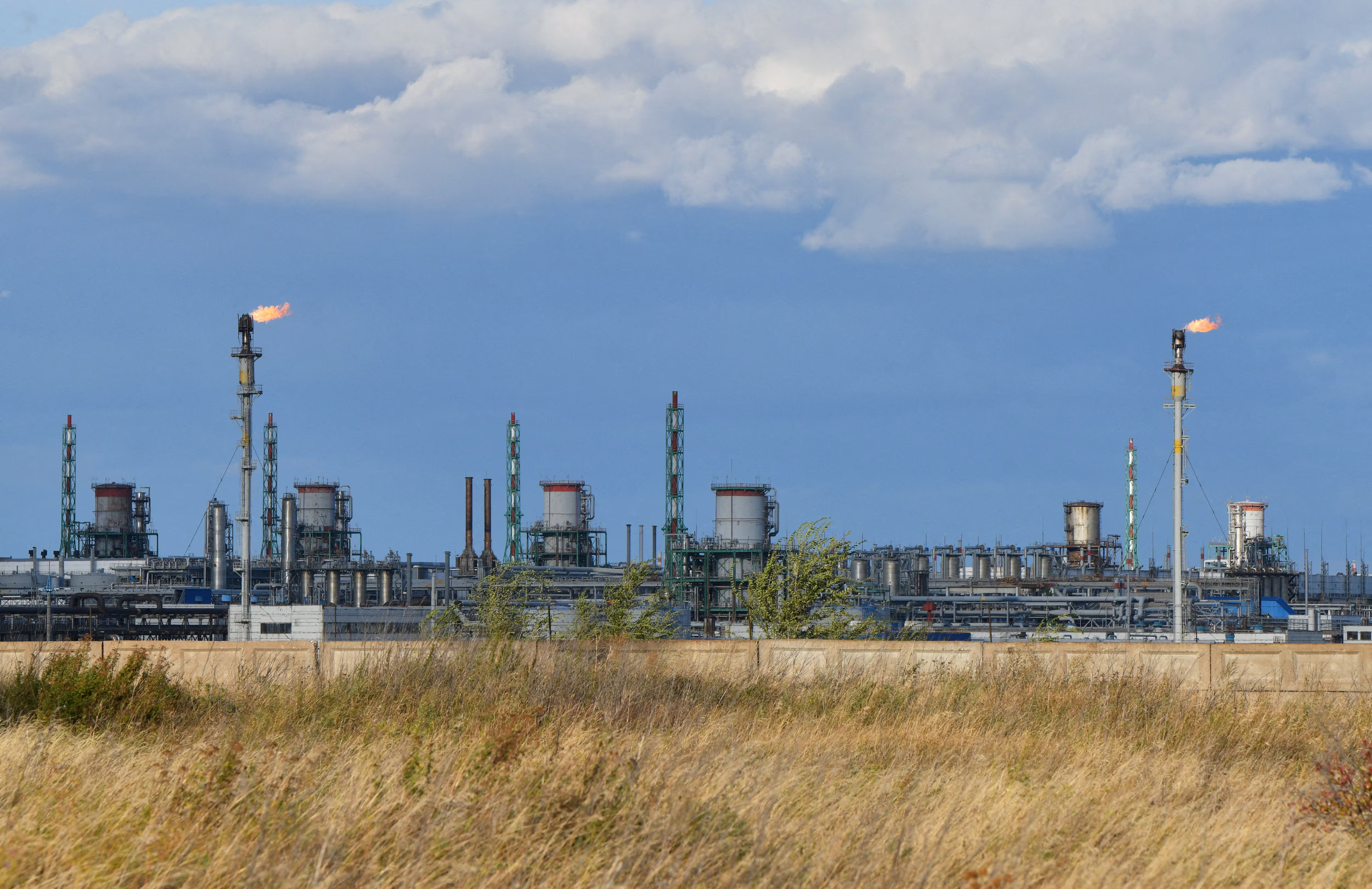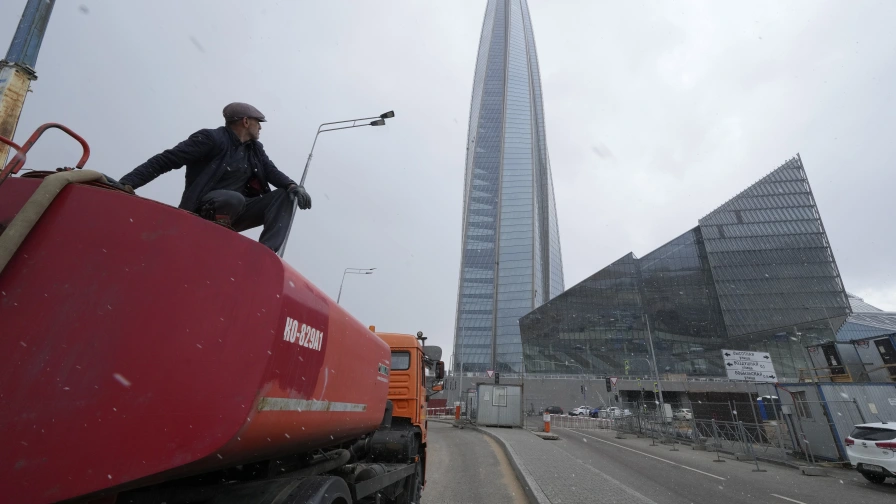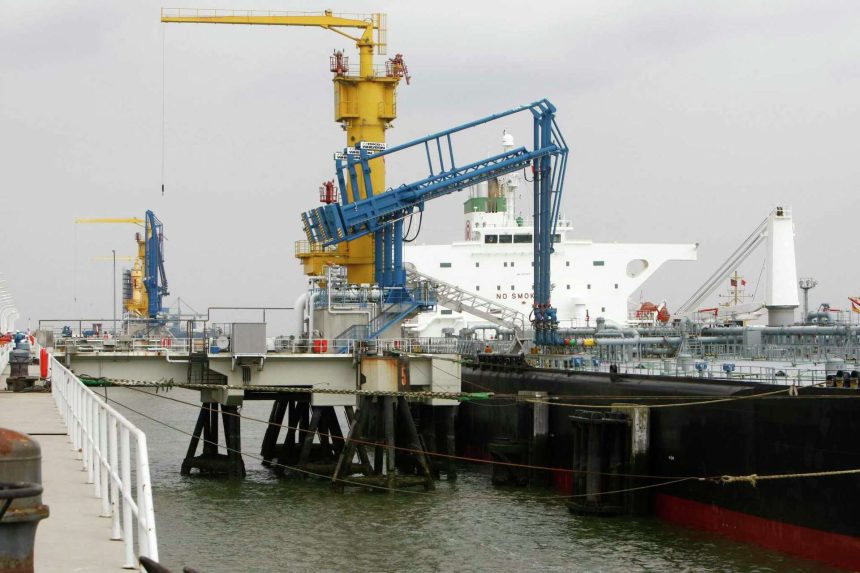Russian energy giant Gazprom has announced that it will send 42.4 million cubic meters of natural gas to Europe via Ukraine on Saturday, maintaining the same volume as the previous day. This decision comes amid speculation about potential disruptions in gas supplies to Austria due to a contractual dispute.
According to the Russian news agency Interfax, citing data from European gas pipeline operators, gas exports from Russia through Ukraine remain stable for now.
However, Austria’s OMV, a major recipient of Russian gas, has been excluded from the deliveries. OMV typically accounts for approximately 40% of Russian gas flows through Ukraine, equivalent to about 17 million cubic meters per day. It remains unclear if this portion of gas has been redirected or withheld entirely.
The situation took a significant turn on Friday when Moscow informed Austria that gas deliveries via Ukraine would cease at 0500 GMT on Saturday. If implemented, this would mark the cessation of Russia’s last remaining gas flows to Europe.
Russia’s current five-year gas transit agreement with Ukraine is set to expire at the end of 2024. Given the ongoing military conflict between the two nations, Ukraine has repeatedly indicated its unwillingness to extend the contract.

Austria has been a primary beneficiary of Russian gas transported through Ukraine. The suspension of these flows signifies a major shift, leaving Hungary and Slovakia as the remaining European countries receiving substantial Russian gas volumes. Hungary’s supply is delivered via a pipeline system that primarily passes through Turkey.
READ ALSO: US Returns Over 1,400 Stolen Artefacts to India
This marks a stark contrast to the situation before the escalation of tensions between Russia and Ukraine. In 2021, Russia fulfilled around 40% of the European Union’s natural gas needs. However, following Russia’s invasion of Ukraine in 2022, these volumes have drastically declined.
Russia exported approximately 15 billion cubic meters of gas through Ukraine in 2023—a sharp drop compared to peak levels in 2018–2019. This represented only 8% of the maximum volumes supplied to Europe during that time, according to Reuters report.
Nonetheless, the Ukraine transit route remained a critical supply line, meeting 65% of gas demand in Austria, Hungary, and Slovakia in 2023, according to the International Energy Agency (IEA).
The suspension of gas supplies to Austria underscores the fragile state of Europe’s energy security amidst geopolitical tensions. For Austria, a country heavily reliant on Russian gas, the cessation poses significant challenges. Until recently, Russian gas met the majority of its needs, especially in the eastern regions.
The broader European Union has been working to diversify its energy sources, reducing reliance on Russian supplies by increasing imports of liquefied natural gas (LNG) and tapping into alternative pipeline routes. However, the transition remains complex and resource-intensive, particularly for countries in Central and Eastern Europe with historically high dependence on Russian gas.

As Russia signals its intent to end gas deliveries via Ukraine, European nations face mounting pressure to secure alternative energy supplies. While Gazprom’s announcement of stable flows for Saturday offers a brief reprieve, the long-term outlook for Russian gas in Europe remains uncertain. This development highlights the intertwined nature of energy and geopolitics, with implications for Europe’s energy strategy and regional stability.

